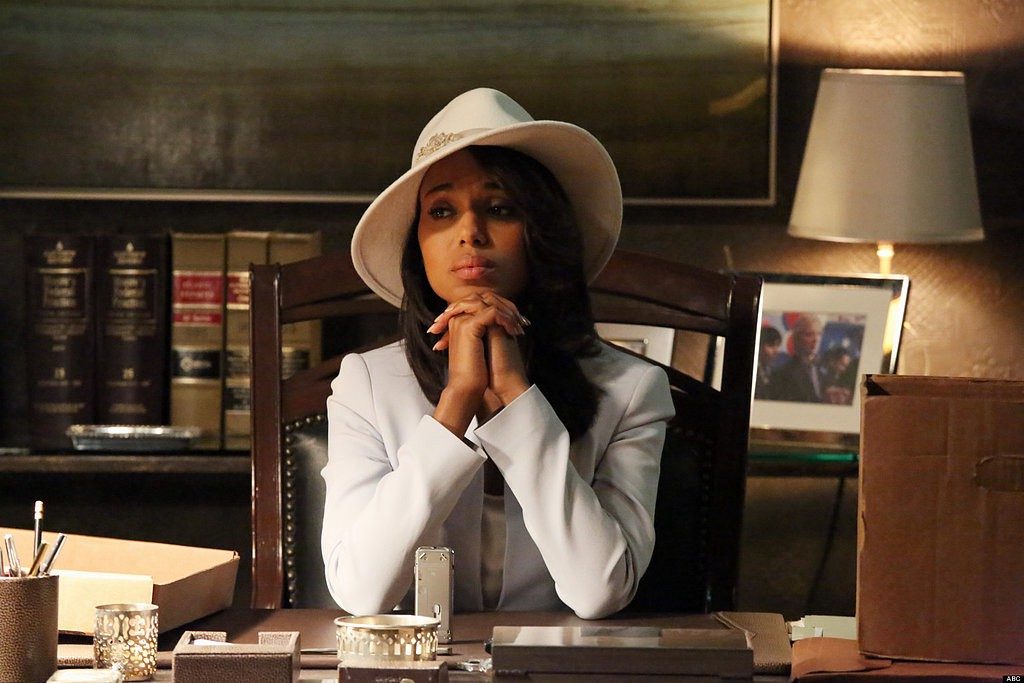#OscarsSoWhite is an ugly symptom of an ugly problem that goes deeper than one particular awards show. The third annual Hollywood Diversity Report from the UCLA Bunche Center details just how entrenched racism is in Hollywood. The comprehensive research also reveals that the entertainment industry suffers financially as a result of its misguided attempts to cater to white (and perceived to be racist?) consumers.
The UCLA report considered 163 theatrical films released in 2014 and 1,146 TV shows on broadcast and cable networks, digital platforms and in syndication. It touches on the representation of minorities and women both on screen and behind the scenes.
Darnell Hunt, the lead author of the study (subtitled “Busine$$ as Usual?”), told UCLA Newsroom, “What we’ve found for three years running now is that audiences prefer content that looks like America” — even abroad.
The report concludes that “Films with relatively diverse casts enjoyed the highest median global box office receipts and the highest median return on investment,” “[m]inorities accounted for the majority of ticket sales for four of the top-10 films in 2014” and “[m]edian 18–49 viewer rating… peaked for broadcast scripted shows featuring casts that were greater than a 40 percent minority.” Put simply, inclusivity results in more TV viewers and filmgoers. Diversity — i.e., an accurate reflection of who people are — sells.
The study also shows that social-media engagement is higher for more diverse programming. Among broadcast TV shows, for instance, the median number of Twitter posts was highest for series with casts comprised of 31% to 40% minority actors.
If you’re wondering why conducting this kind of research matters, Hunt has a great answer for you: “We know from data that when groups don’t know a lot about each other, much of what they think they know comes from entertainment. So to the extent that whole populations are absent in media or are placed exclusively in stereotypical roles, you tend to normalize certain types of hierarchical structures that are already in place in society and reinforce prejudices.” He added, “The way we make sense of who we are, who we aren’t and who we ought to be often comes from the stories we tell and the stories we consume. This is why what we watch is important.”
You can find some of the highlights of the 2016 Hollywood Diversity Report below, or read it in full at the Bunche Center’s site.
— In 2014, people of color purchased 46% of all movie tickets sold in the United States. Latinos were particularly well represented among minority ticket buyers. Though the group constituted only about 18% of the U.S. population in 2014, they accounted for 25% of all frequent moviegoers.
— Minorities accounted for 12.9% of the lead roles in the 163 films examined for 2014, down from 16.7% in 2013.
— Because minorities collectively accounted for 37.9% of the U.S. population in 2014, they were underrepresented by a factor of nearly 3 to 1 among lead roles.
— Women claimed the lead roles in only 25.8% of the films examined.
— Women directed just 4.3% of the top films. A little more than 50% of the population, women were thus underrepresented by a factor of nearly 12 to 1 among film directors in 2014.
— Minorities wrote just 8% of the films examined.
— Women received writing credits on just 9.2% of the films examined, down from 12.9% in 2013.
— Minority actors claimed 8.1% of the lead roles in broadcast scripted programming during the 2013–14 season, which means they were underrepresented by a factor of nearly 5 to 1.
— Minority actors accounted for 16.6% of the lead roles in cable scripted shows during the 2013–14 season.
— Women accounted for 35.8% of the lead roles in broadcast scripted shows.
— Women claimed 33.2% of lead roles in cable scripted shows.
– Minorities are less underrepresented in reality and other programming. Minorities accounted for 16.7% of broadcast reality and other leads.
— 36.7% of cable shows had casts that were 10% minority or less. The next largest share of programs — 20.9% — consisted of those casts with between 11% and 20% minority.
— White actors claimed 80% of the 825 roles examined in broadcast scripted programming, while minorities combined for just 20%.
— White actors claimed 78% of the 1120 cable scripted roles, while minorities combined for 22%.
— Male actors accounted for 56% of the roles examined in broadcast scripted television .
— Male actors accounted for 59% of the roles cable scripted programming.
— Minorities were credited as creators in 3.3% of broadcast scripted shows
— Minorities were credited as creator in 7.8% of cable scripted shows.
— 21.5% of the creators of broadcast scripted shows were women.
— 18.2% of the creators of cable scripted shows were women.
— 10% or fewer of credited writers of broadcast scripted shows were minorities.
— For 68% of broadcast comedies and dramas, minorities directed 10% or fewer of the episodes
— For 68% of cable scripted shows, minorities directed 10% or fewer of the episodes.
— White employees occupied 87.8% of executive staff positions in finance, legal and other areas of agency operations at the three dominant talent agencies.
[via UCLA’s Bunche Center]







